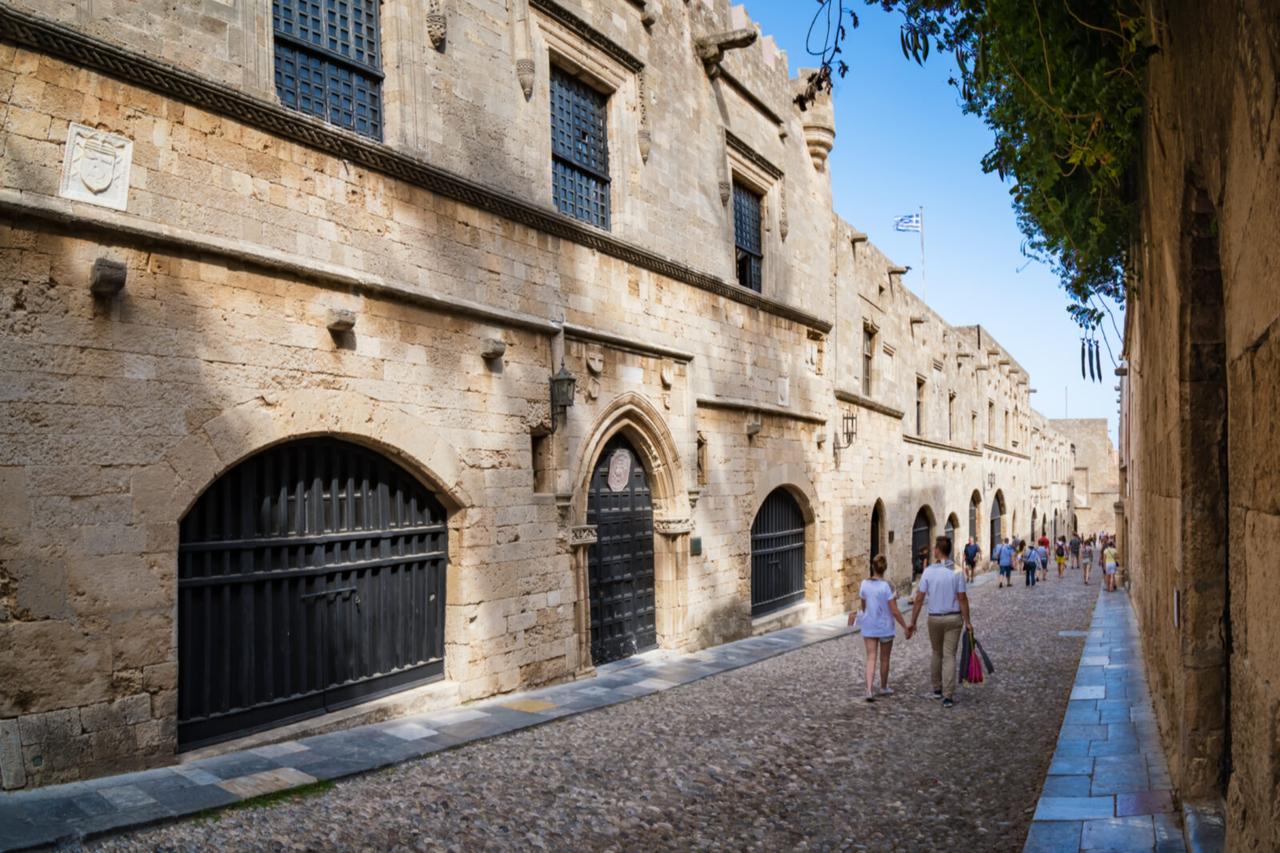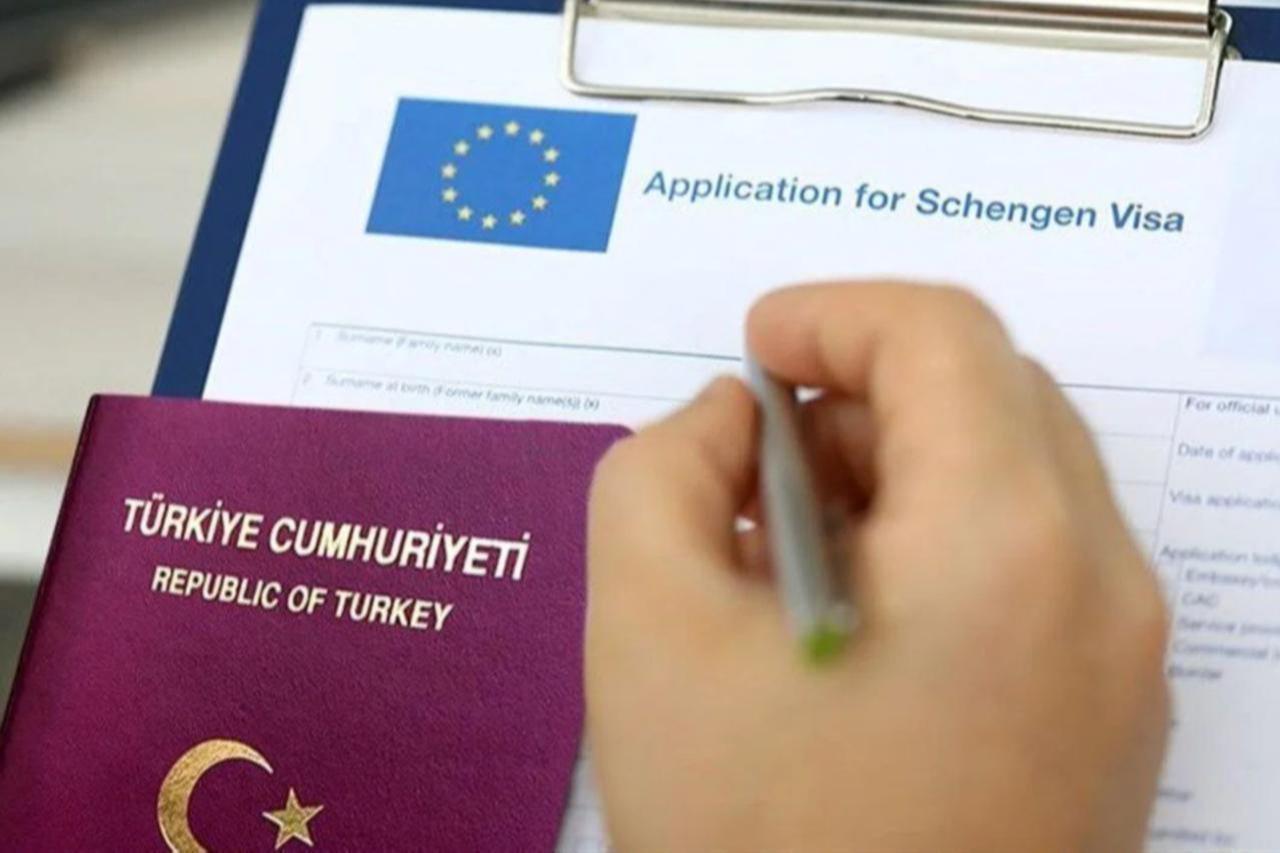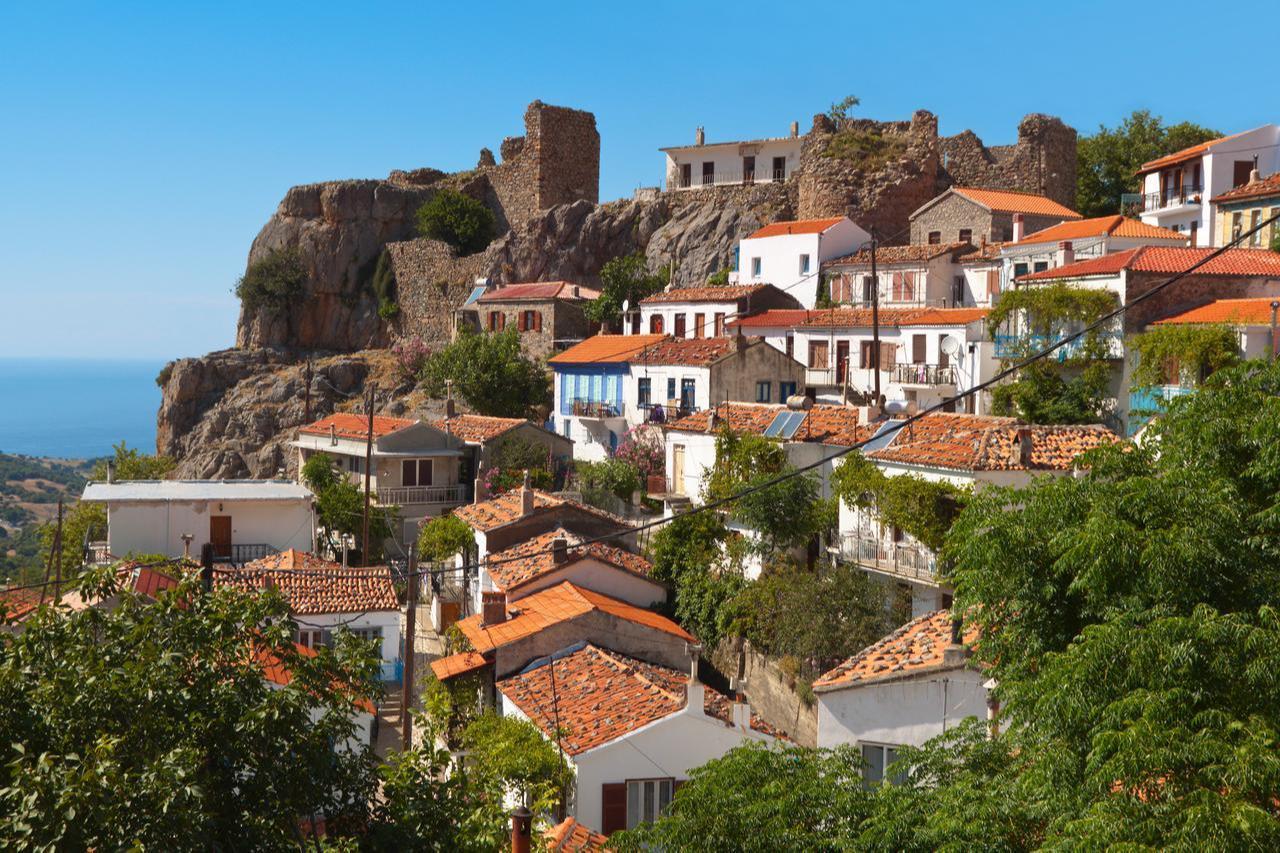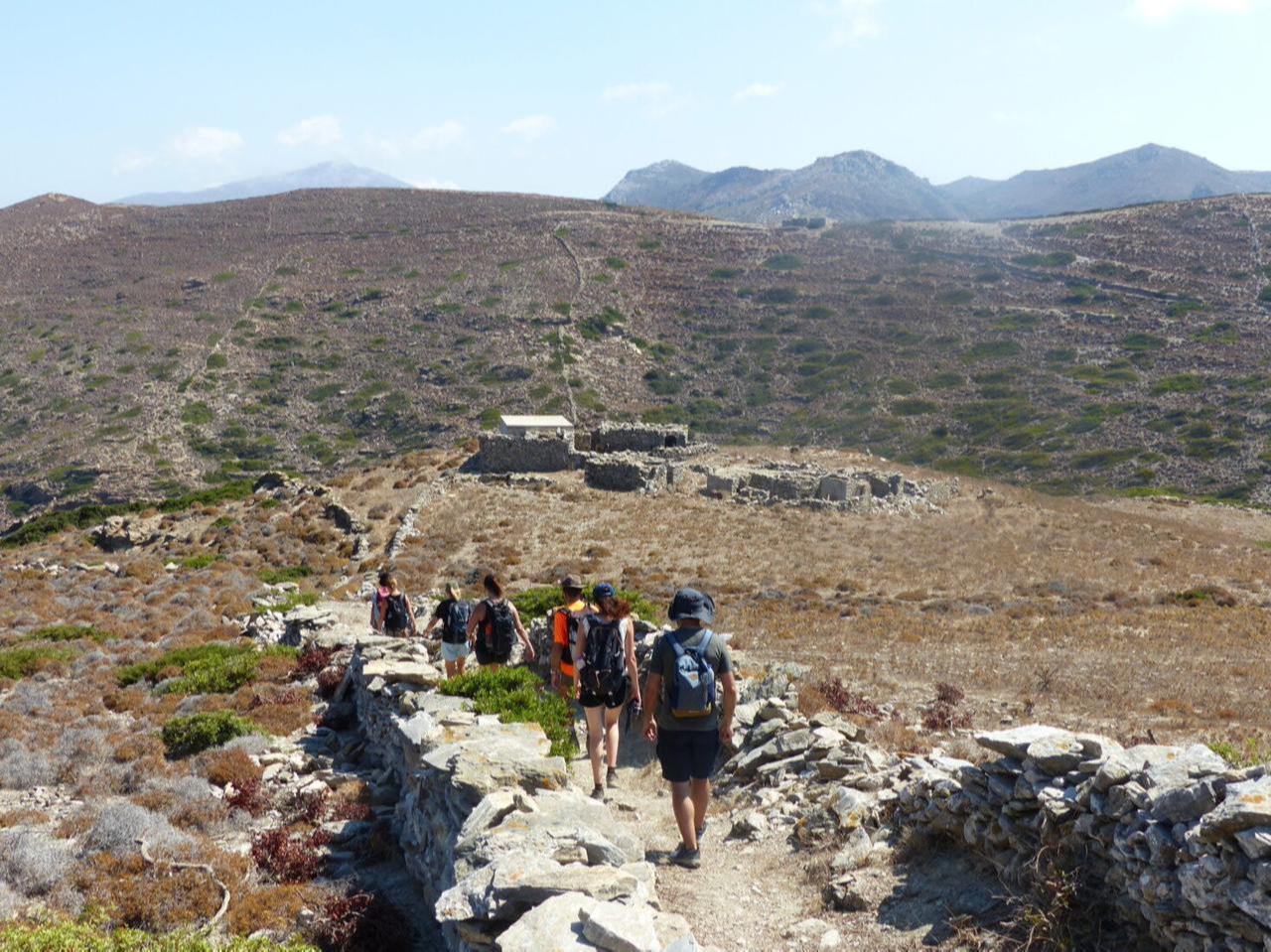
Turkish tourism to Greek islands has reached unprecedented levels this year, led by record arrivals on Samos and strong gains across Rhodes, Kos, and the northern Aegean.
The trend follows the renewal and expansion of the European Union-backed “visa express” program, which allows Turkish citizens to enter selected Greek islands through simplified short-stay visas.

More than 100,000 Turkish visitors arrived in Samos between January and September 2025, according to data from the Hellenic Coast Guard published by Kathimerini on Oct. 9.
Arrivals through the ports of Kusadasi and Sigacik reached 13,293 in June, 26,358 in July, 32,443 in August, and 15,631 in September, bringing the total to 100,226. The figure surpasses all previous records and marks a sharp increase from 2024, which had already set a new high.
Across other islands, local tourism agents report steady recovery and continued demand from Türkiye.
On Rhodes, maritime agent Michalis Roditis told Dimokratiki that the number of express visas issued to Turkish visitors rose by 15% this year, while total arrivals grew by roughly 30%.
“The measure worked very well this season as it made it easier for Turks who wanted to visit for three or four days,” he said.
Roditis added that ferry connections remain frequent, with two to three daily routes between Marmaris or Fethiye and Rhodes, and regular sailings from Bodrum to Kos. Although infrastructure in Rhodes Port has seen limited improvement, he noted that additional police officers have helped reduce passport control waiting times.
According to a report by the Turkish Hoteliers Association (TUROB), total Turkish arrivals to Greece are expected to exceed 1.4 million in 2025, with overall cross-border travel between the two countries surpassing 3 million visits.

The “visa express” program allows Turkish citizens to visit 12 Greek islands for stays of up to seven days.
The visa can be issued directly at port entry points for a €60 (around $70) fee and does not allow onward travel within the Schengen Zone. After its success in 2024, the European Commission approved its renewal following initiatives by the Greek Ministry of Foreign Affairs.
The updated version came into force on April 1, expanding coverage to 12 islands: Kalymnos, Kastellorizo, Kos, Lesbos, Leros, Limnos, Rhodes, Samos, Symi, Chios, Patmos, and Samothraki. The program has reduced travel costs and paperwork, encouraging spontaneous short trips from Türkiye’s Aegean coast.
Saltur Tourism board member Ismail Firat Cevik predicted that bookings could increase by as much as 50% in 2025 due to lower visa costs and simpler procedures, as reported by Limnos Report.
Round-trip ferry fares now range between €30 and €80, making island visits accessible to a wide range of Turkish travelers.

The Turkish tourism market has become vital for the economies of Greece’s eastern islands.
According to Money Tourism, revenues from Turkish travelers reached €436 million in 2024, compared with €296 million in 2023. Average spending per overnight stay increased to €105, continuing an upward trend over the past four years.
Between April and November 2024, more than 100,000 express visas were issued, with Lesbos, Chios, Rhodes, Samos, and Kos recording the highest numbers of arrivals.
Limnos Report also described Turkish visitors as a mixed demographic: some cross the Aegean for short shopping trips or weekend getaways, while wealthier travelers seek boutique stays and gastronomy experiences.
Maritime agent Roditis confirmed that movement from Türkiye continues steadily and is expected to last until mid-October. “We believe the flow will continue until mid-October, so we will have additional measurable data,” he said.

Greek officials and the European Commission consider the visa express scheme an example of practical cooperation between the two neighbors.
Greek Consul General in Istanbul Konstantinos Koutras described the results as “almost 100% positive,” noting that the Commission recognized the program’s role in promoting contact between Greek and Turkish citizens.
The initiative coincides with a gradual improvement in bilateral relations. More than 100 Turkish companies participated in a recent investment forum in Greece, while both governments have emphasized dialogue through cultural and business exchange.
For the European Union, the project also carries symbolic weight. It represents the only approved scheme within the Schengen framework that allows Turkish citizens to enter limited Greek territory under a simplified procedure, reflecting support for regional connectivity and local island economies.

Despite the surge in arrivals, challenges remain. Maritime agent Michalis Roditis cautioned that inadequate port facilities and outdated regulations limit the potential of Aegean maritime tourism.
He highlighted that Greece’s yachting industry remains “the only activity in the EU where the country is not harmonized with European law,” citing excessive checks, unclear procedures, and an uneven application of taxes and permits.
He pointed to the 1922 law still governing aspects of sea tourism and said current policies discourage yacht owners from visiting Greek marinas.
“We lose part of the market from Türkiye because no one has adjusted the rules to geographic realities,” he said.
The issue affects Dodecanese destinations such as Rhodes, Kos, Kalymnos, and Leros, where large numbers of Turkish yachts could contribute to local spending.

Tourism stakeholders in both countries are optimistic that the visa express scheme will continue beyond 2025.
Agent Roditis said extending the program again next year would support small island economies and reinforce regional stability.
Limnos Report similarly noted that the measure has strengthened economic resilience in islands close to Türkiye, where local markets rely heavily on cross-border visitors.
Forecasts from TUROB suggest that the flow of Turkish travelers will remain high through the end of this season. Analysts in Greece expect the momentum to carry into next spring if the visa-on-arrival system remains in place.
Greek authorities have said they are monitoring visitor numbers to avoid overconcentration on smaller islands such as Symi and Kastellorizo.